Breadcrumbs
How to save space on Solid State Drives (SSDs) in Windows 7 - Part 2
Description: This is a technical article on to the topic of saving space on Solid State Drives in Windows 7. Part Two covers disabling Hibernation mode, which will free up several gigabytes of space on most systems.
The purpose of this article series is to show how to save space on Solid State drives, which are typically smaller than standard hard drives. In this second article we will be disabling Hibernation Mode, which saves several gigabytes of space by removing the hibernation file, which is typically 75% as big as your total system RAM. In other words, if you have 4GB of ram, the hibernation file will be about 3GB in size.
Netbook and Notebook Users
Hibernation is a commonly used feature for notebooks to save battery, and typically is the "go-to" mode for laptops when the battery is running low. If you are using a notebook or netbook, we do not recommend disabling hibernation.
Hibernation File
Let's start by seeing how much space the hibernation file takes up on the system, and then remove it. Note that this document uses the command line. Be sure to enter only and precisely the commands as they are displayed in this document. Failure to do so could result in damage to your system.
Hibernation is a feature that isn't often used - its purpose is to save energy by putting the machine in to a low-power state, but it sometimes takes several minutes to go in to and resume from hibernation and only saves marginally more power than Sleep Mode, which is nearly instant to enter and resume from. For most people, sleep mode is more than sufficient and doesn't take up any of your hard drive space. If you are unsure about whether or not you need the hibernation feature, consult a technician or just skip to the next document.
- Go to Start, enter CMD, then right-click on it and choose Run As Administrator.
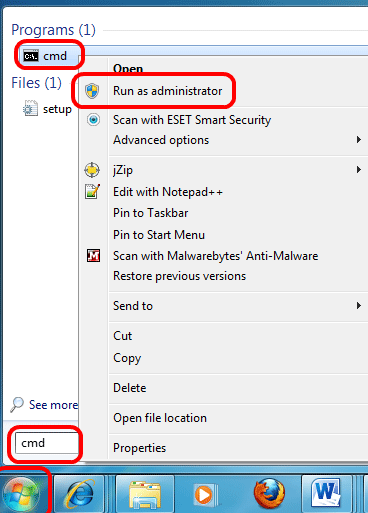
- On the new window, enter CD C:\ into the box and press enter. The Command Prompt will return a C:\> prompt.
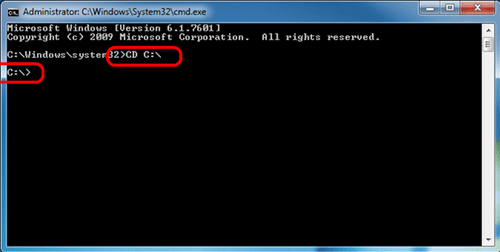
- Enter dir /as and press enter to see the size of the hibernation file. Note: It displays the size of the file in bytes, so just think of the left-most number (in this case ‘3’) to be roughly the number of gigabytes it is using on your hard drive.
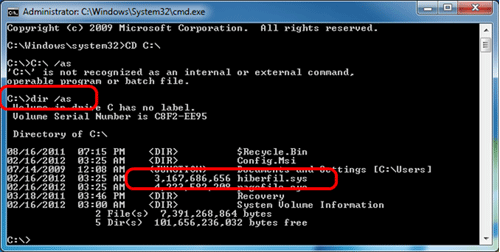
- To turn off the hibernation file, enter powercfg -h off and press enter. It will return a C:\> prompt.
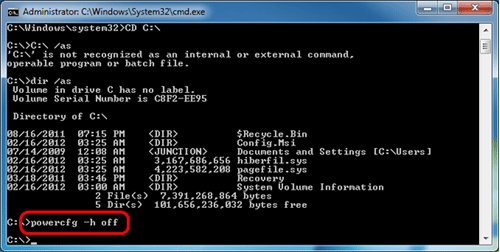
- Now enter dir /as into the box and press enter. The hiberfil.sys file should now be gone, and the space is freed up on your SSD. If not, then it should disappear after a reboot.
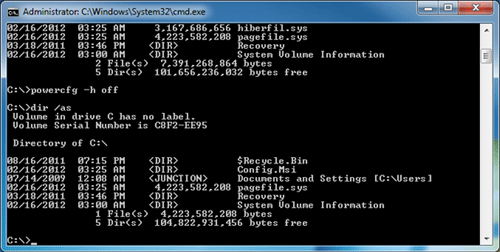
- Once this is completed, restart your computer to complete the process. Hibernation is now disabled on the system, and the space is saved on the SSD.
This article is part 2 of a 6 part series.
Part 1 of this set, Paging File, can be found here.
Part 3 of this set, System Restore, can be found here.
Part 4 of this set, Indexing Files, can be found here.
Part 5 of this set, User Directory Location, can be found here.
Part 6 of this set, Program Directory Location, can be found here.
Technical Support Community
Free technical support is available for your desktops, laptops, printers, software usage and more, via our new community forum, where our tech support staff, or the Micro Center Community will be happy to answer your questions online.
Forums
Ask questions and get answers from our technical support team or our community.
PC Builds
Help in Choosing Parts
Troubleshooting
